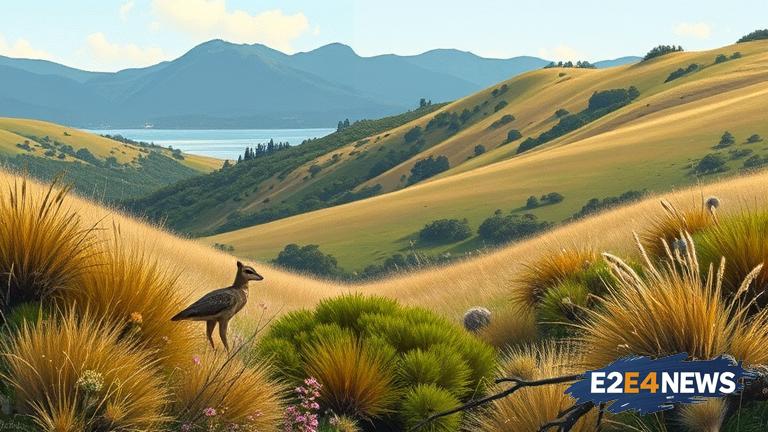Marin County, located in the San Francisco Bay Area, is known for its stunning natural beauty and diverse wildlife. However, the area’s wildlife is facing numerous threats, including habitat loss, climate change, and human-wildlife conflict. To address these issues, conservation efforts are underway to protect and preserve the area’s wildlife. The Marin County Open Space District is working to acquire and preserve land, creating corridors for wildlife to roam and thrive. Additionally, the district is implementing measures to reduce human-wildlife conflict, such as installing wildlife-friendly fencing and providing education to the community on how to coexist with wildlife. The Marin Humane Society is also playing a crucial role in protecting the area’s wildlife, providing rescue and rehabilitation services for injured and orphaned animals. The society is also working to educate the community on the importance of wildlife conservation and the simple steps that can be taken to protect wildlife, such as keeping pets indoors and securing trash cans. Furthermore, the community is coming together to support conservation efforts, with many residents volunteering their time to help with habitat restoration and wildlife monitoring. The Marin County Board of Supervisors has also shown its commitment to wildlife conservation, recently approving a plan to protect and restore the area’s wetlands. The plan aims to restore habitats for endangered species, such as the California Ridgway’s rail and the salt marsh harvest mouse. The restoration of wetlands will not only benefit wildlife but also help to mitigate the effects of climate change, such as sea level rise and increased flooding. The community is also being encouraged to get involved in citizen science projects, such as monitoring wildlife populations and tracking the effects of climate change. By working together, the community and conservation organizations can make a significant impact in protecting Marin’s wildlife. The importance of protecting wildlife cannot be overstated, as it not only helps to preserve biodiversity but also provides numerous benefits to the community, including improved air and water quality, and opportunities for outdoor recreation. Moreover, protecting wildlife is essential for maintaining the area’s natural beauty and unique character, which is a major draw for tourists and residents alike. In addition to the conservation efforts, the community is also being educated on the importance of reducing waste and living sustainably, as these actions can have a significant impact on the environment and wildlife. The Marin County Recycling Center is providing education and resources on how to reduce waste, including composting and recycling programs. The center is also working to reduce waste in the community by implementing programs such as curbside composting and recycling. By reducing waste and living sustainably, the community can help to reduce the impact of human activities on the environment and wildlife. Overall, the conservation efforts and community involvement in Marin County are helping to protect and preserve the area’s wildlife, and it is essential that these efforts continue to ensure the long-term health and sustainability of the area’s ecosystem. The community’s commitment to wildlife conservation is a testament to the area’s strong environmental ethos and its dedication to preserving the natural beauty of Marin County. As the area continues to grow and develop, it is essential that conservation efforts are prioritized to ensure that the area’s wildlife is protected for future generations. The Marin County government and conservation organizations are working together to ensure that the area’s wildlife is protected, and the community is being encouraged to get involved and make a difference. By working together, the community can help to protect Marin’s wildlife and preserve the area’s natural beauty for years to come.
